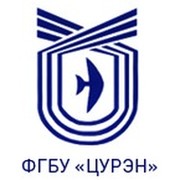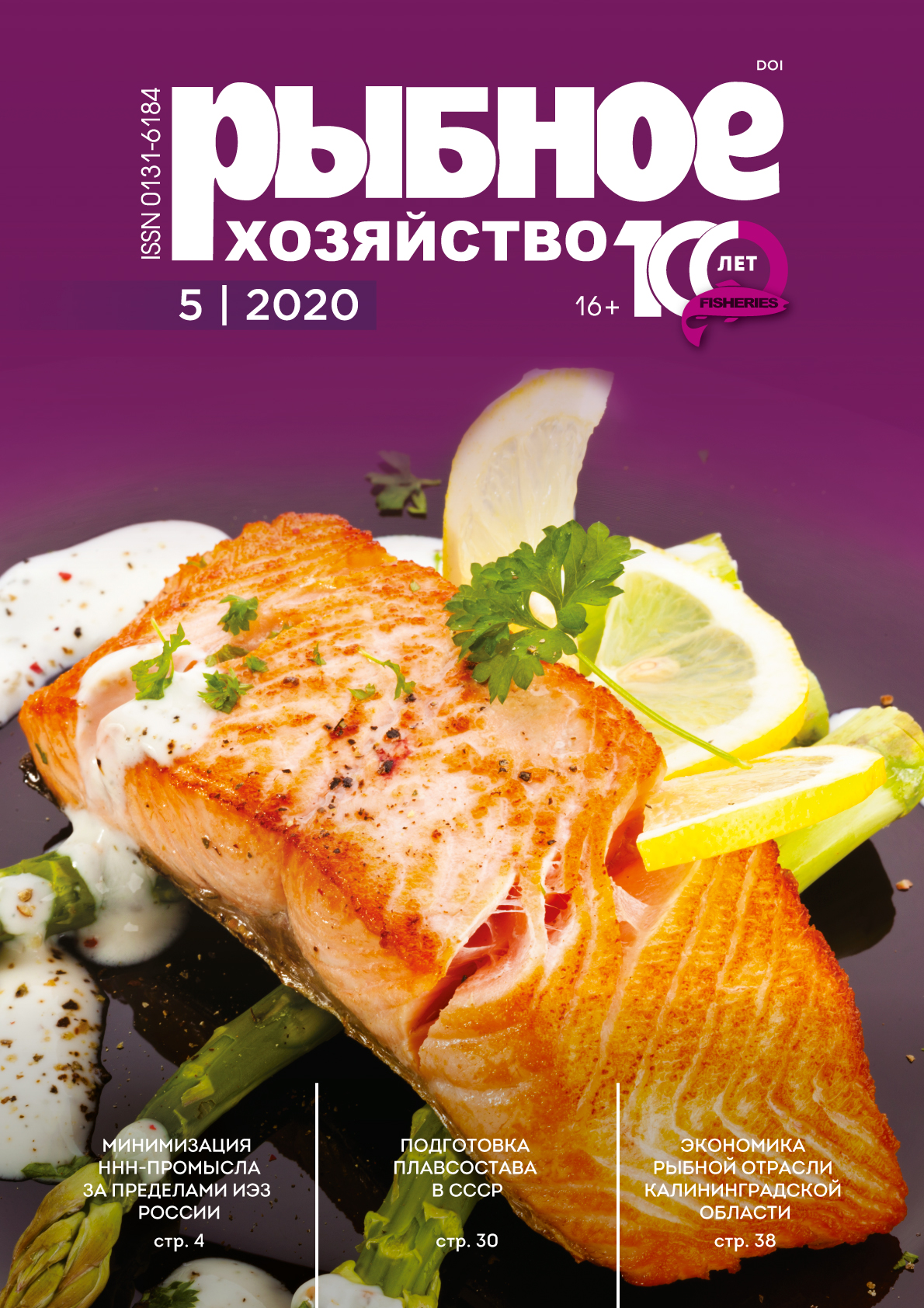Voronezh, Russian Federation
UDC 57
CSCSTI 65.09
Russian Classification of Professions by Education 110000
Russian Library and Bibliographic Classification 472
Currently, the development of rational technologies for processing secondary resources of the fish processing industry is of considerable interest in order to obtain a wide range of food, feed, technical, medical products and biologically active additives on their basis. Of particular interest is the technology developed by the authors for obtaining dry food fermentolizates from secondary products of cutting pink salmon and silver carp. In the course of the experiment, it was found that the protein zones for the samples are mainly represented by low-molecular weight easily digestible proteins with m. m. from 13 to 33 kDa. The evaluation of the ratio of amino acids compared to the FAO standard showed that in the human body, the amino acids of fermentolizates are able to be utilized by 68-80%, which proves their high biological value. Own experimental data indicate a high availability and degree of destruction of proteins of fermentolizates by enzymes of the human gastrointestinal tract, which is from 92.39 to 96.87%. Thus, fermentopathy from secondary cuts of fish are high-value protein products.
secondary products of fish cutting, fermentolysates, electrophoretic mobility, amino acid composition, digestibility, nutritional and biological value
1. Dvoryaninova O.P. Biotehnologicheskiy potencial vtorichnyh produktov razdelki ryb kak osnova importozamescheniya / O.P. Dvoryaninova, A.V. Sokolov, D.A. S'yanov, A.Z. Cherkesov // Izvestiya Mezhdunarodnoy akademii agrarnogo obrazovaniya, 2015. № 23. - S. 148-152.
2. Dvoryaninova O.P. Perspektivy ispol'zovaniya produktov glubokoy razdelki prudovyh ryb v tehnologii kormoproizvodstva / O.P. Dvoryaninova, A.V. Sokolov, M.V. Spiridonova // Evraziyskiy soyuz uchenyh, 2015. №8-2 (17). - S. 76-79.
3. Dvoryaninova O.P. Perspektivy razvitiya otechestvennogo rybohozyaystvennogo kompleksa v obespechenii prodovol'stvennoy bezopasnosti strany // Materialy Mezhd. nauch.-tehnich. konf. «Prodovol'stvennaya bezopasnost': nauchnoe, kadrovoe i informacionnoe obespechenie». Voronezh, 2014. - S. 175-179.
4. Sokolov A.V. Poluchenie i svoystva suhih pischevyh gidrolizatov iz vtorichnyh produktov razdelki ryb // V knige: Materialy LVII otchetnoy nauchnoy konferencii prepodavateley i nauchnyh sotrudnikov VGUIT za 2018 god v 3 chastyah. Voronezh, 2019. - S. 52-54.
5. Sluckaya T.N. Maksimova S.N., Surovceva E.V. Teoreticheskie osnovy i nauchnye problemy sovremennyh biotehnologiy obrabotki vodnyh biologicheskih resursov, Vladivostok, 2017. 31 s.
6. Dvoryaninova O.P. Issledovanie form svyazi vlagi v specsmesyah dlya rybnyh kormov metodom neizotermicheskogo analiza / O.P. Dvoryaninova, A.V. Sokolov, A.V. Zhuravlev // Rybnoe hozyaystvo, 2019. №1. - S. 99-101.
7. Dvoryaninova O.P. Akvakul'turnye bioresursy: nauchnye osnovy i innovacionnye resheniya // Voronezh: VGUIT, 2012. 420 s.
8. Rybovodstvo. Osnovy vylova, razvedeniya i pererabotki ryb v iskusstvennyh vodoemah / L.V. Antipova, O.P. Dvoryaninova, O.A. Vasilenko i dr. // S.-Peterburg. - Izd-vo Giord, 2009. - 427 s.
9. Boeva N.P. Nauchnoe obosnovanie tehnologicheskih parametrov processa fermentacii othodov rybopererabatyvayuschih predpriyatiy / N.P. Boeva, M.M. Dyachenko, A.G. Artemova // Trudy VNIRO, 2016. Tom 163. - S. 137-148.
10. Ponomarev S.V. Tehnologicheskie osnovy razvedeniya i kormleniya lososevyh ryb v industrial'nyh usloviyah / S.V. Ponomarev, E.N. Ponomareva // Astrahan': Izd-vo AGTU, 2003. - 188 s.
11. Laemmli U. K. Cleavage of structural proteins during the assembly of the head of bacteriophage T 4 // Nature. 1970. V. 227. - P. 680-685.











